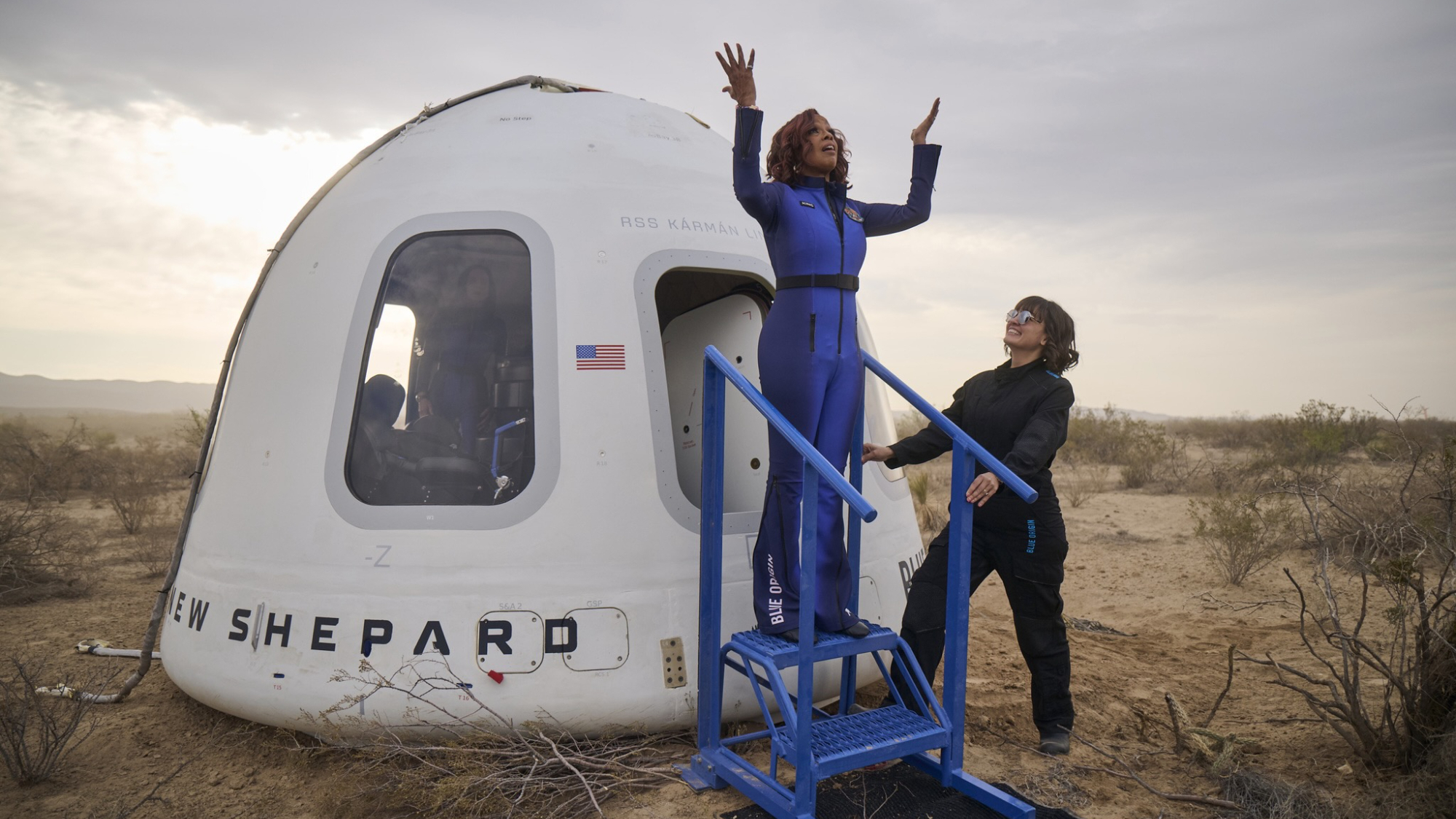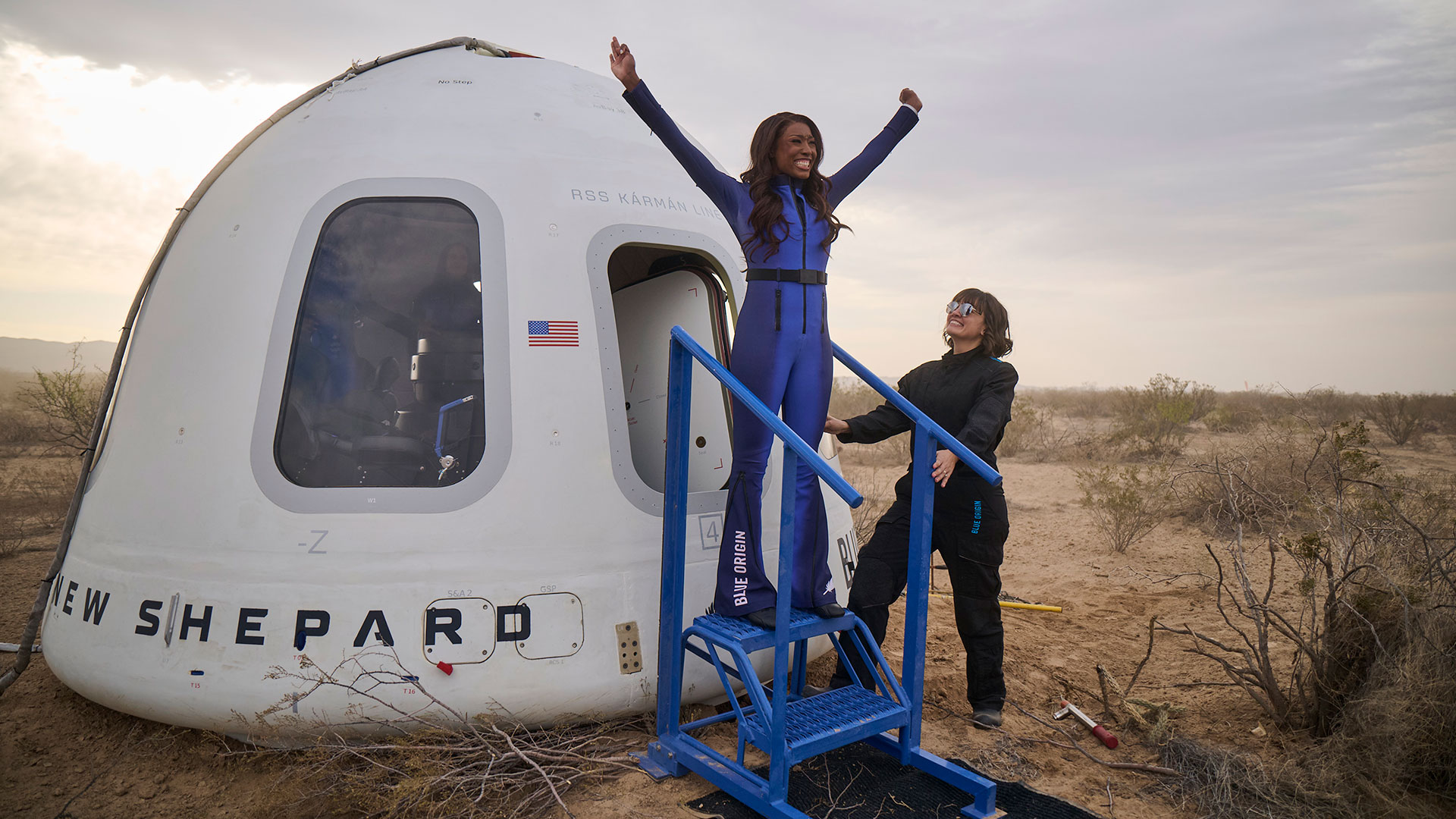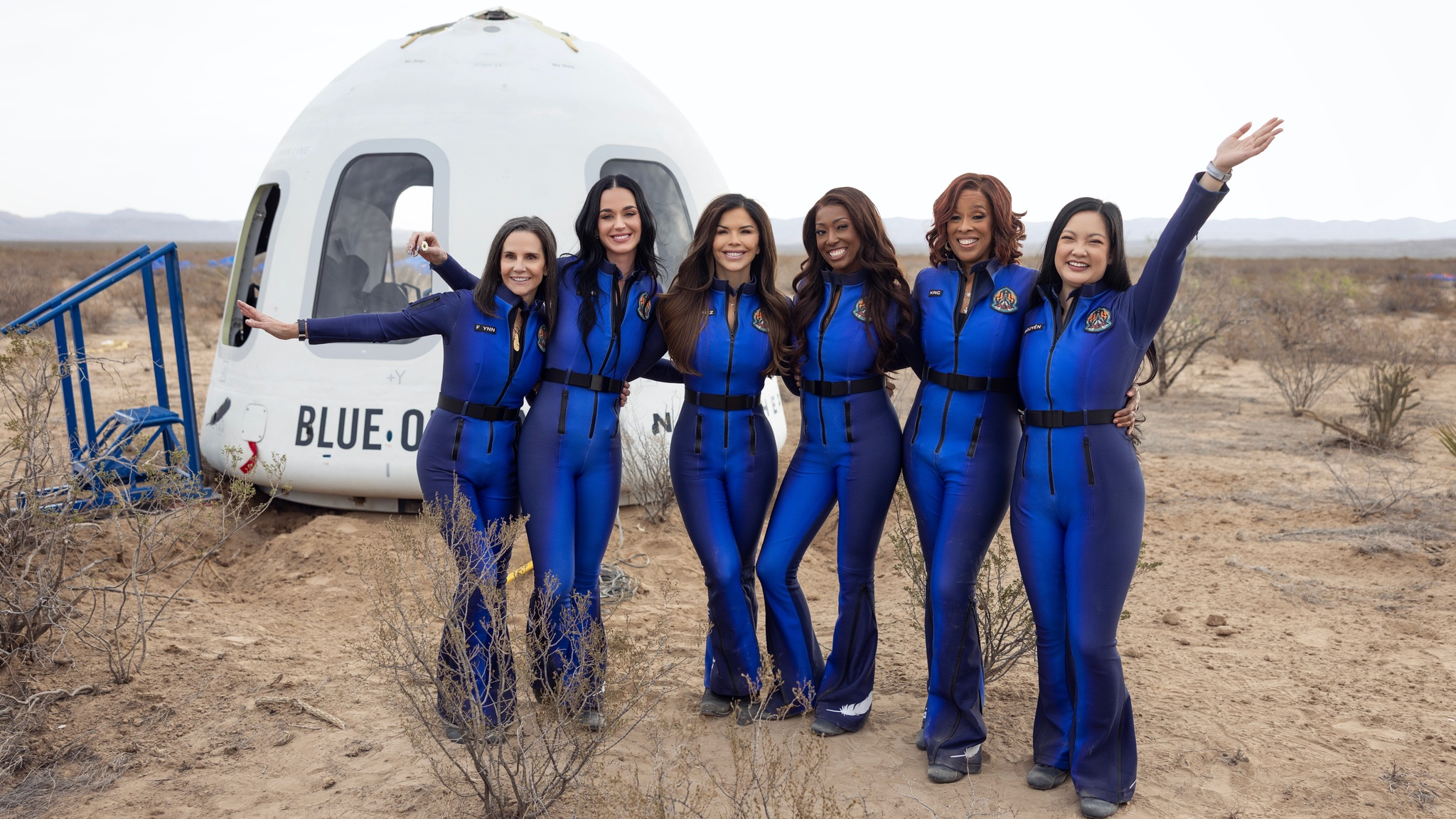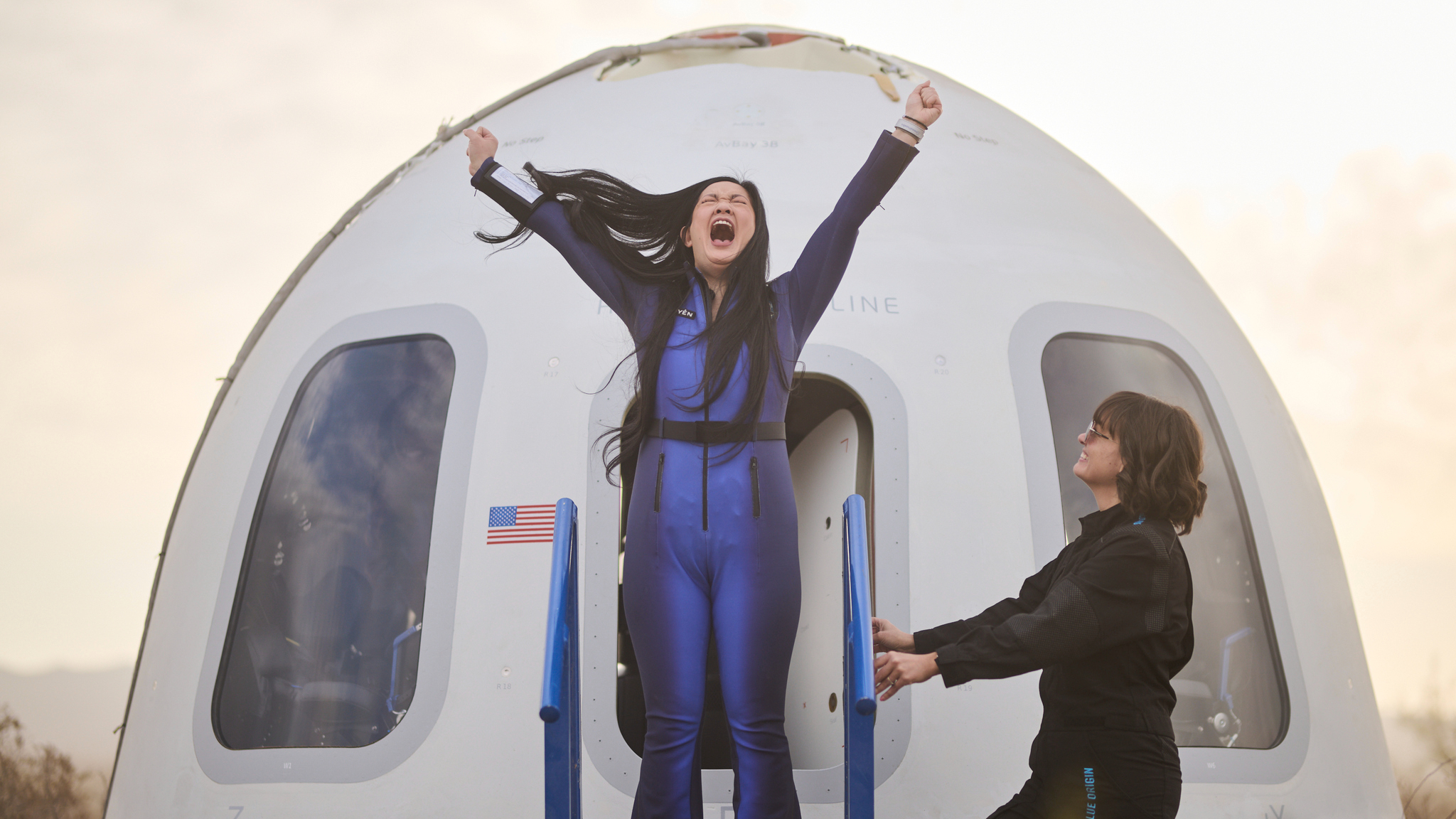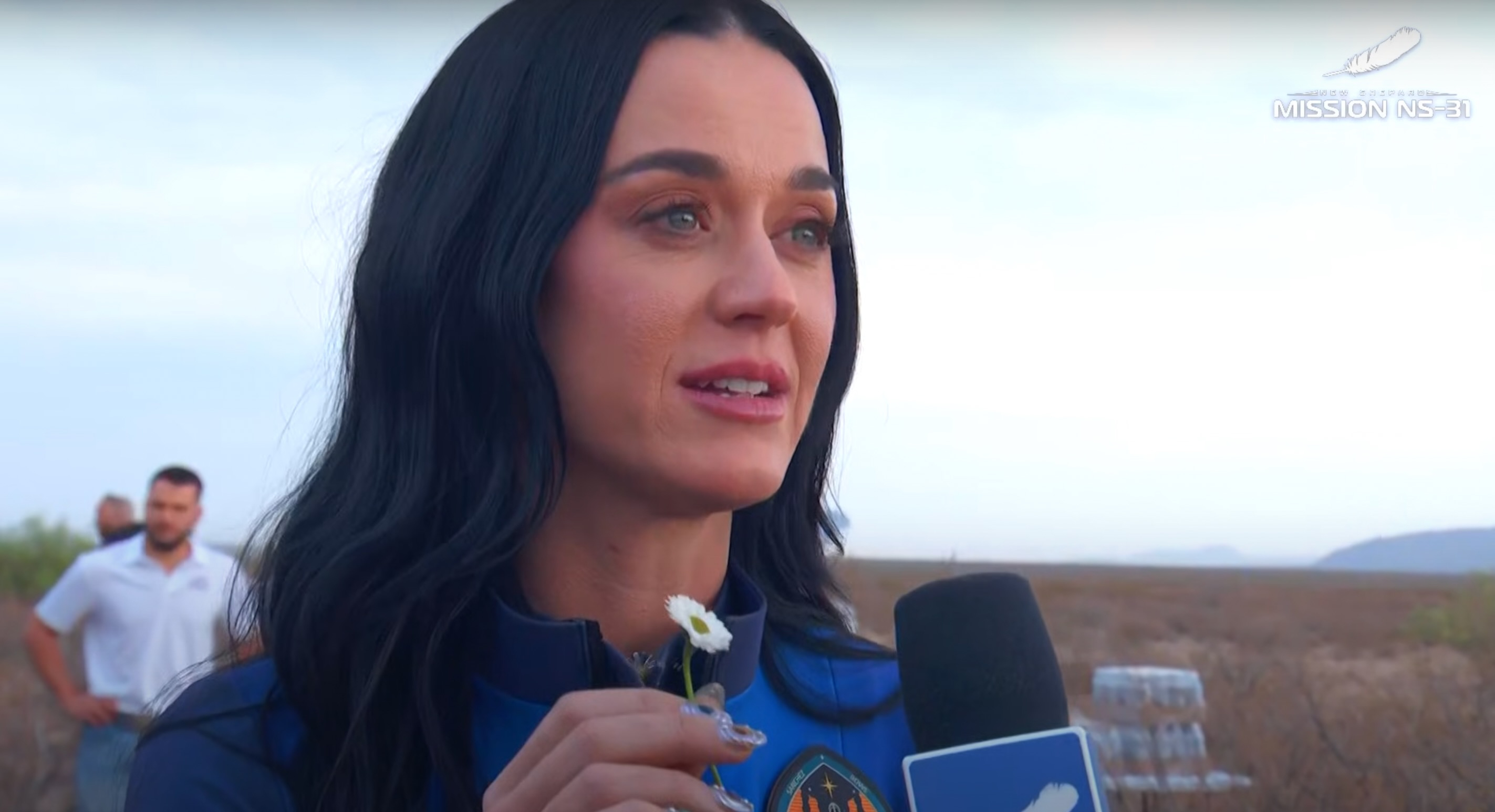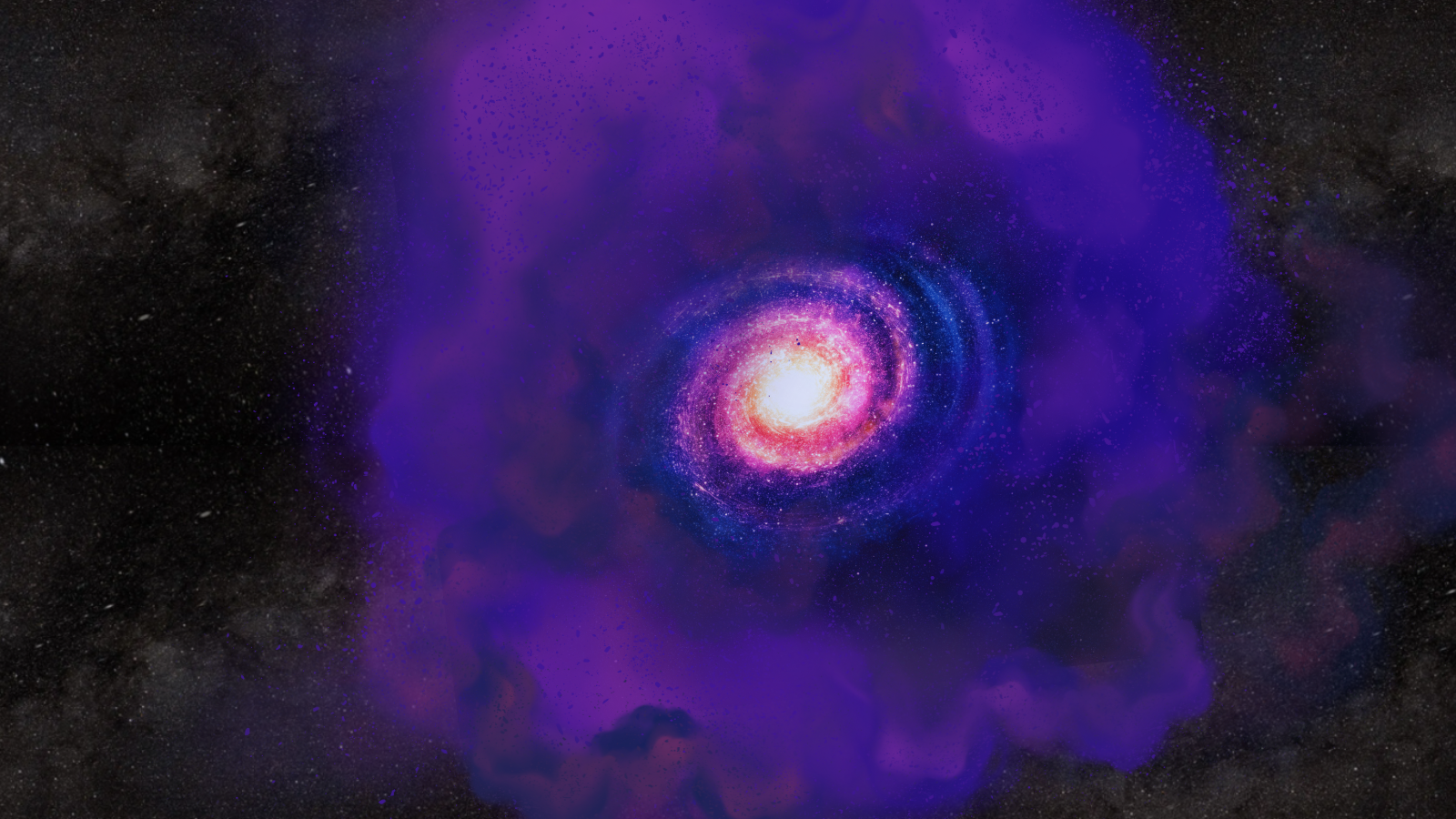SpaceX broke new ground during its Starlink internet satellite launch today (Feb. 18).
A Falcon 9 rocket lofted 23 Starlink craft to low Earth orbit today, lifting off from Florida's Cape Canaveral Space Force Station at 6:22 p.m. EST (2322 GMT).
The rocket's first stage made its descent back to Earth eight minutes after liftoff, landing on the droneship Just Read the Instructions, stationed in the Atlantic Ocean off the coast of The Bahamas. SpaceX has traditionally parked its droneships in the open ocean, but it recently signed a deal with The Bahamas that will open new opportunities to the company.
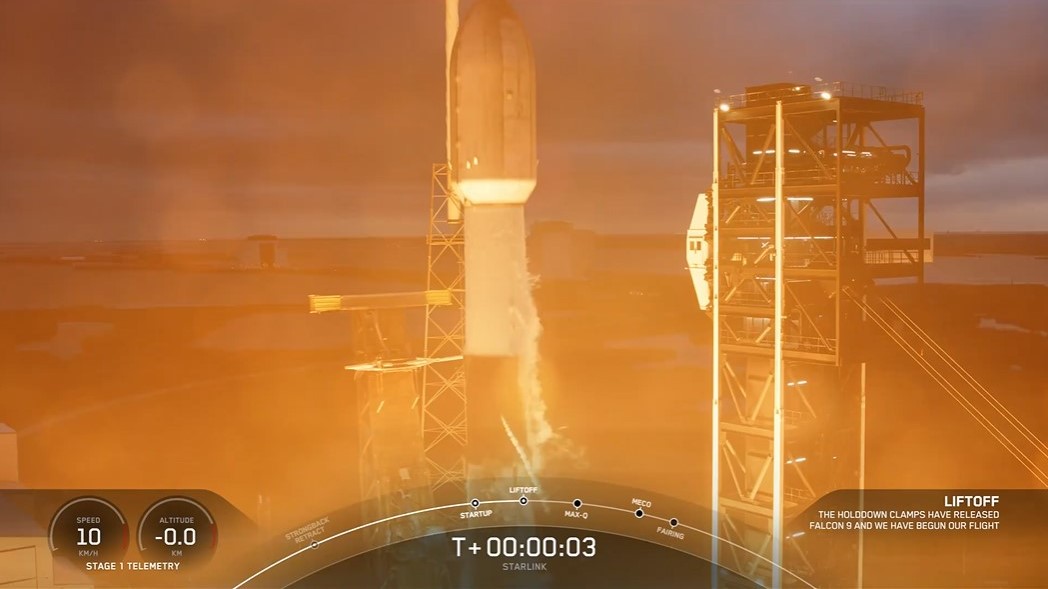
"Our new landing collaboration with The Bahamas will enable Falcon 9 to launch to new orbital trajectories," SpaceX wrote via X on Feb. 7.
"This is significant for the Bahamas in so many ways," said Deputy Prime Minister of The Bahamas Isaac Chester Cooper, during the SpaceX stream. "It's the first international landing in the Bahamas — in the Exuma sound is significant in and of itself. It puts us at the cutting edge of of innovation, and it gives us a small country of 400,000 people an opportunity to participate in the aerospace industry. This is huge."
Today's flight was be the 16th for this Falcon 9 booster, according to a company mission description. Nine of its 15 launches to date have been Starlink missions.
SpaceX streamed the launch live on their website and through their social media account on X. A replay is available on the SpaceX's Starlink 10-12 mission page.
Get the Space.com Newsletter
Breaking space news, the latest updates on rocket launches, skywatching events and more!
Related: Starlink satellite train: how to see and track it in the night sky
This was the 21st Falcon 9 launch for SpaceX so far in 2025, 15 of them Starlink flights. The company has also launched one test flight of its huge Starship megarocket this year, on Jan. 16. It was the seventh liftoff overall for Starship, which is still in development.
The most recent Falcon 9 mission, which occurred on Saturday (Feb. 15), set a new reusability record: It was the 26th liftoff for that rocket's first stage.
Join our Space Forums to keep talking space on the latest missions, night sky and more! And if you have a news tip, correction or comment, let us know at: community@space.com.

Michael Wall is a Senior Space Writer with Space.com and joined the team in 2010. He primarily covers exoplanets, spaceflight and military space, but has been known to dabble in the space art beat. His book about the search for alien life, "Out There," was published on Nov. 13, 2018. Before becoming a science writer, Michael worked as a herpetologist and wildlife biologist. He has a Ph.D. in evolutionary biology from the University of Sydney, Australia, a bachelor's degree from the University of Arizona, and a graduate certificate in science writing from the University of California, Santa Cruz. To find out what his latest project is, you can follow Michael on Twitter.
